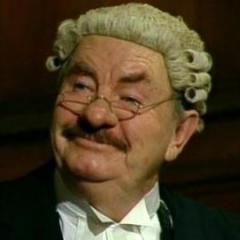How do you measure the diameter of the center retainer of watch hands ?
-
Recently Browsing
- No registered users viewing this page.
-
Topics
-
Posts
-
By RichardHarris123 · Posted
In this case, definitely not an expert but comparing the case and the movement?, it looks correct. -
Thank you for your introduction and welcome to this friendly forum. We all look forward to your contributions and continued involvement. You should find this helpful. 704789946_TZIllustratedGlossary(2).pdf
-
Looks like an early 50s dial. But thought I would ask the experts!
-
By RichardHarris123 · Posted
Show us the movement. I can't find the dial but it looks genuine to me. -
By Neverenoughwatches · Posted
That's great Col, i firmly believe once you have gained some knowledge you just have to jump in and crack on.
-








Recommended Posts